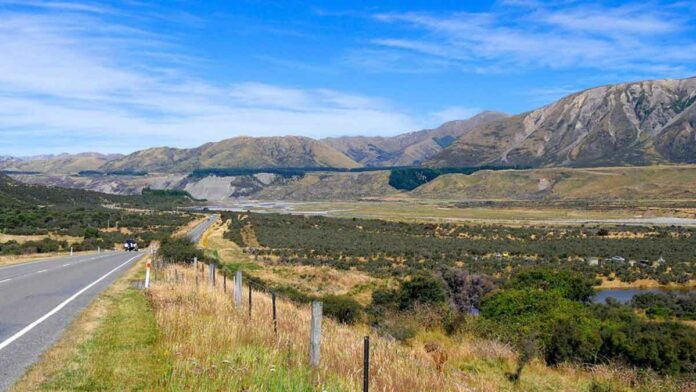Earthquakes are not uncommon in New Zealand. Scientists estimate that over 20,000 occur each year and the deadliest ones shake the entire country.
The country’s seismic activity is caused by its location at the intersection of the Australian and Pacific tectonic plates. These plates are colliding at a rate of 3-5 centimetres per year. It is critical to understand where and how plates interact in order to assess earthquake risk. According to a new plate boundary model, some New Zealand regions may be more vulnerable than previously thought.
Researchers created a new kinematic model of the Australian-Pacific plate boundary. This boundary is based on fault slip rate measurements and physics-based estimates in the absence of slip rates.
They were able to estimate fault slip rates across New Zealand using this method. It produces a velocity field that, like a budget, balances deformation along the plate boundary. The predicted velocities could vary across faults. It allows model resolution to approach 10 kilometers. It is an order of magnitude better than many current approaches.
Following that, researchers compared their computed velocity field to GPS observations. The model suggested that slip rates in Wellington were overestimated. Scientists said it represents a lower hazard risk. Meanwhile, differences between the model and GPS observations in the northeastern North Island may be explained by uncertainty in deformation north of New Zealand or undiscovered faults within New Zealand that could pose an earthquake risk.
The study appears in the Journal of Geophysical Research: Solid Earth. According to the authors, these new and improved models can be applied along other plate boundaries to improve risk assessment and better target field observations in risk-prone areas.
More information: H. Hirschberg et al, A Kinematic Model of Quaternary Fault Slip Rates and Distributed Deformation at the New Zealand Plate Boundary, Journal of Geophysical Research: Solid Earth (2022). DOI: 10.1029/2022JB024828

